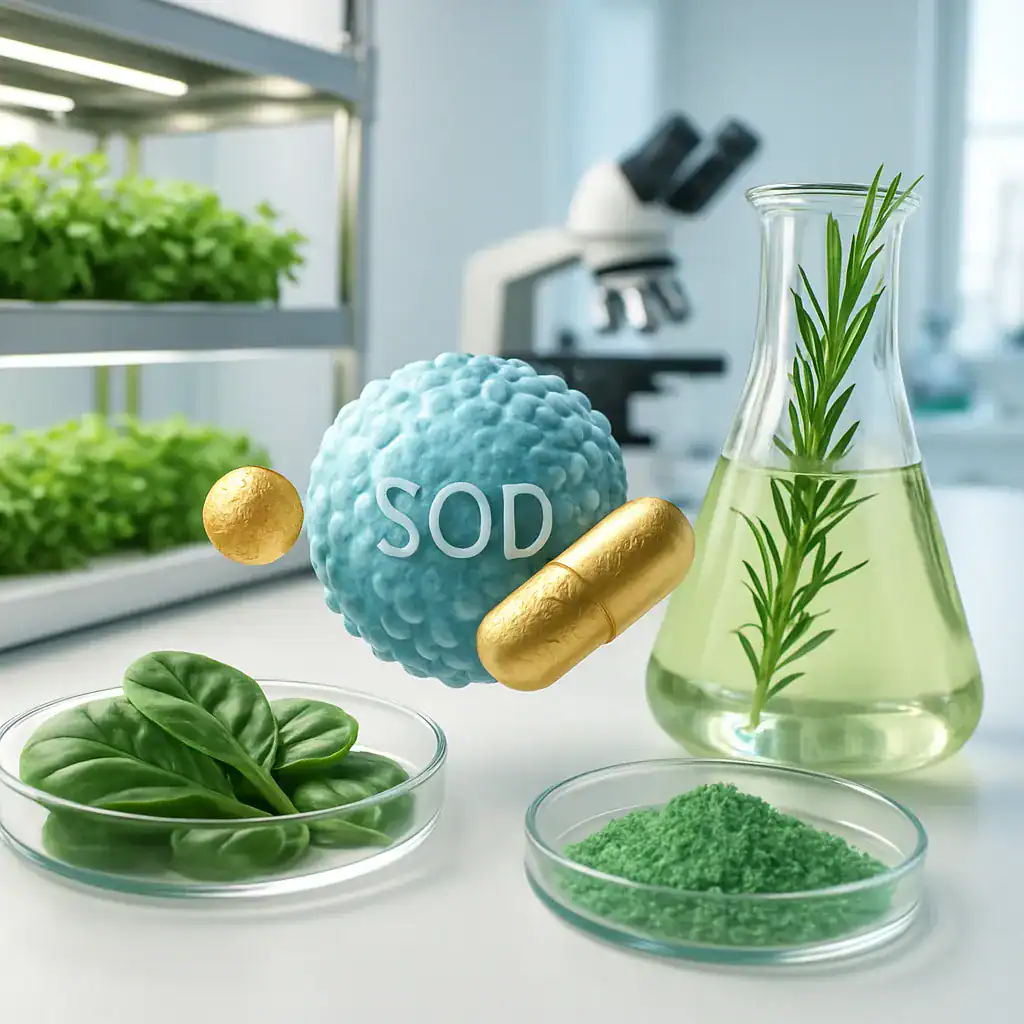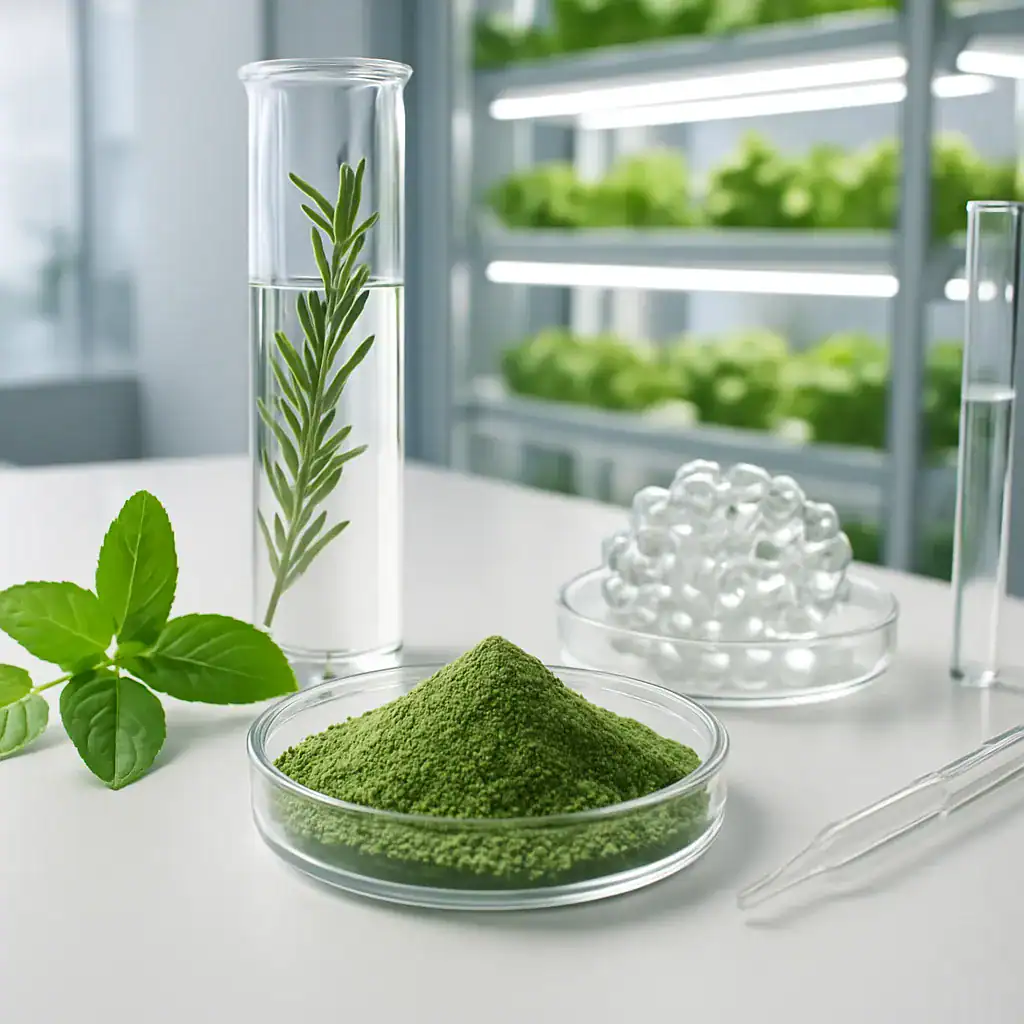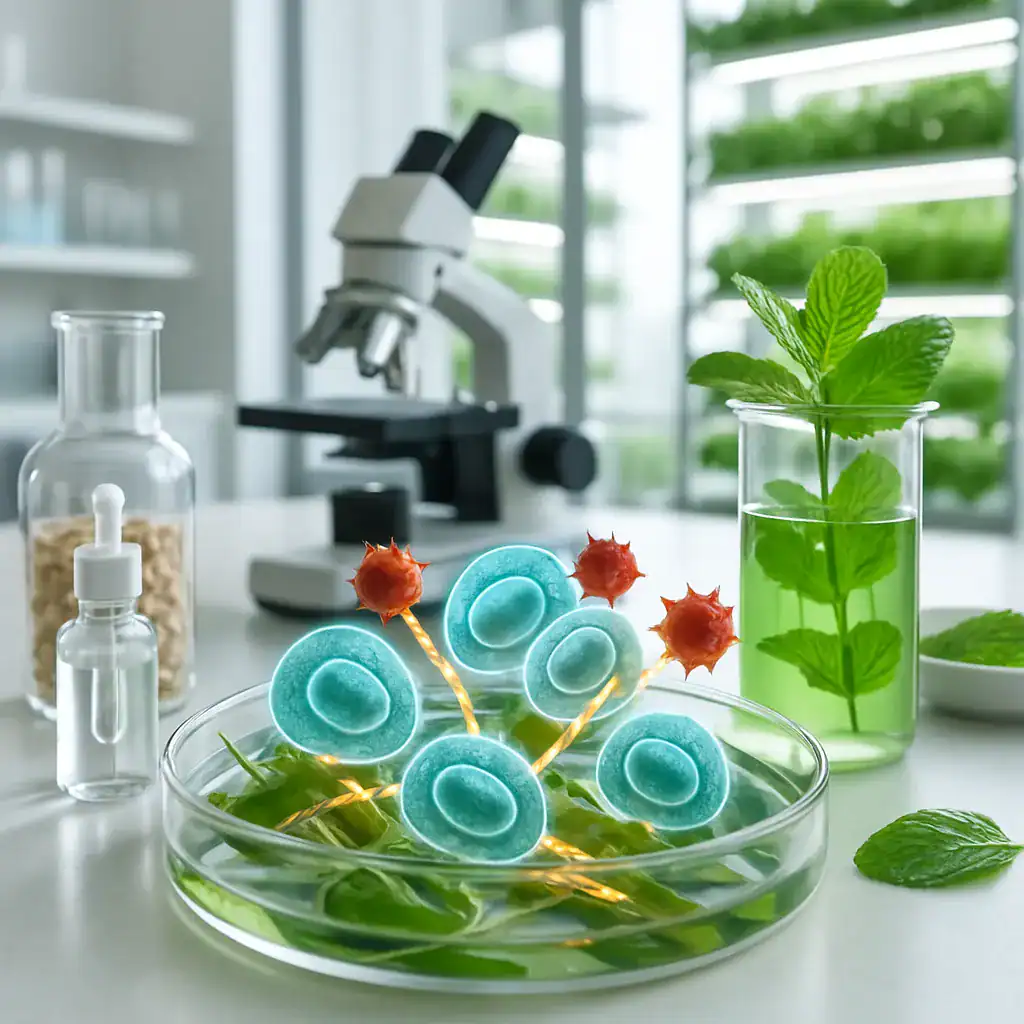Nickel-Free Extraction Processes: Ensuring Safe Herbal Remedies
The Foundation of Nutraceutical Efficacy
When you work with herbal extracts in nutraceutical formulations, you’re only as good as the quality of your raw materials. Herbal extract purity standards represent the comprehensive set of criteria, methodologies, and regulatory frameworks that ensure botanical extracts meet specific quality benchmarks before they enter the supply chain for supplements and medical products.
Think about it: you’ve likely encountered patients who tried a particular herbal supplement without experiencing any benefits. “I took turmeric for three months and felt nothing,” they tell you. But have you ever considered that the issue might not be the herb itself, but rather its quality and purity?
Quality standards for herbal extracts involve multiple dimensions: identifying the correct plant species, verifying active compound concentrations, ensuring freedom from contaminants, and confirming bioavailability. These standards form the bedrock upon which effective nutraceutical formulations are built. Without them, even the most promising botanical ingredient becomes little more than expensive placebo.
That’s why companies like PhNóva place such emphasis on scientific research, natural extraction processes, and rigorous quality control. Their commitment to excellence ensures that practitioners like you can recommend products with confidence, knowing they contain exactly what the label claims—no more, no less.
Advanced Authentication and Standardization Methods
Chromatographic Fingerprinting
You’ve probably seen supplement labels touting “standardized extracts,” but what does that actually mean for your patients? Standardization refers to the process of ensuring consistent levels of bioactive compounds in every batch of herbal extract.
Modern standardization employs sophisticated chromatographic techniques like HPLC (High-Performance Liquid Chromatography) and TLC (Thin-Layer Chromatography) to create unique “fingerprints” of herbal extracts. These fingerprints allow manufacturers to verify botanical identity with unprecedented precision.
But have you ever considered that standardization isn’t just about consistency? It’s also about optimizing therapeutic potential. When PhNóva develops their Superoxide Dismutase (SOD) extracts, for example, they’re not just measuring enzyme content—they’re ensuring the specific molecular configuration that maximizes bioactivity for joint health, cardiovascular support, and skin protection.
Spectroscopic Analysis
Beyond chromatography, advanced spectroscopic methods provide additional layers of authentication. These techniques analyze how materials interact with light or other forms of electromagnetic radiation, revealing crucial information about chemical composition.
That’s clear enough, but the real power comes when these technologies are combined with artificial intelligence systems that can detect even subtle deviations from established purity profiles. This integration represents the cutting edge of quality assurance in botanical extracts.
Bioactivity Assessment
The true measure of herbal extract quality isn’t just chemical composition—it’s biological activity. PhNóva’s approach to quality control includes bioassays that measure how extracts perform in living systems, ensuring that standardization translates to real therapeutic efficacy in your patients’ bodies.
Our Key Areas of Expertise

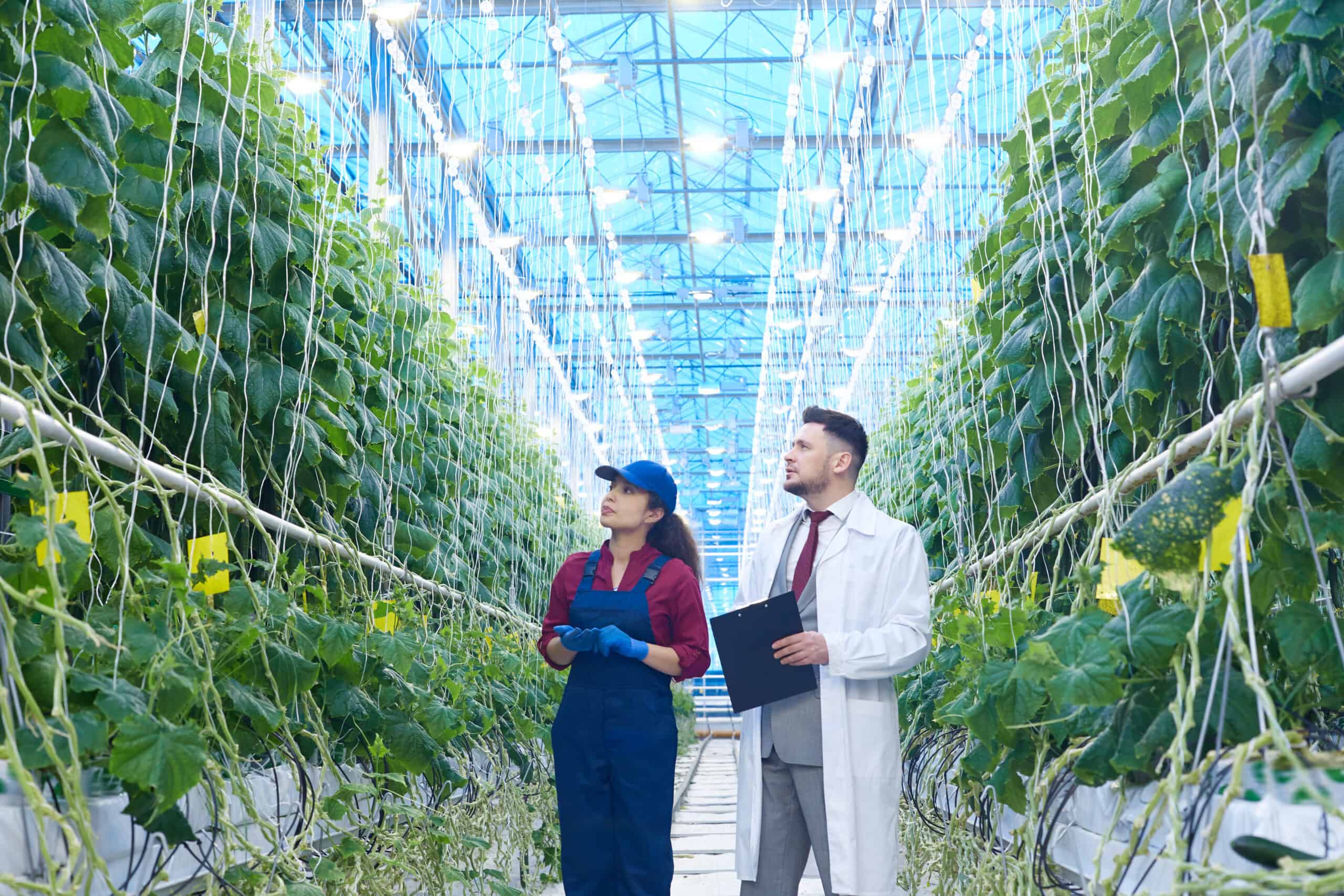
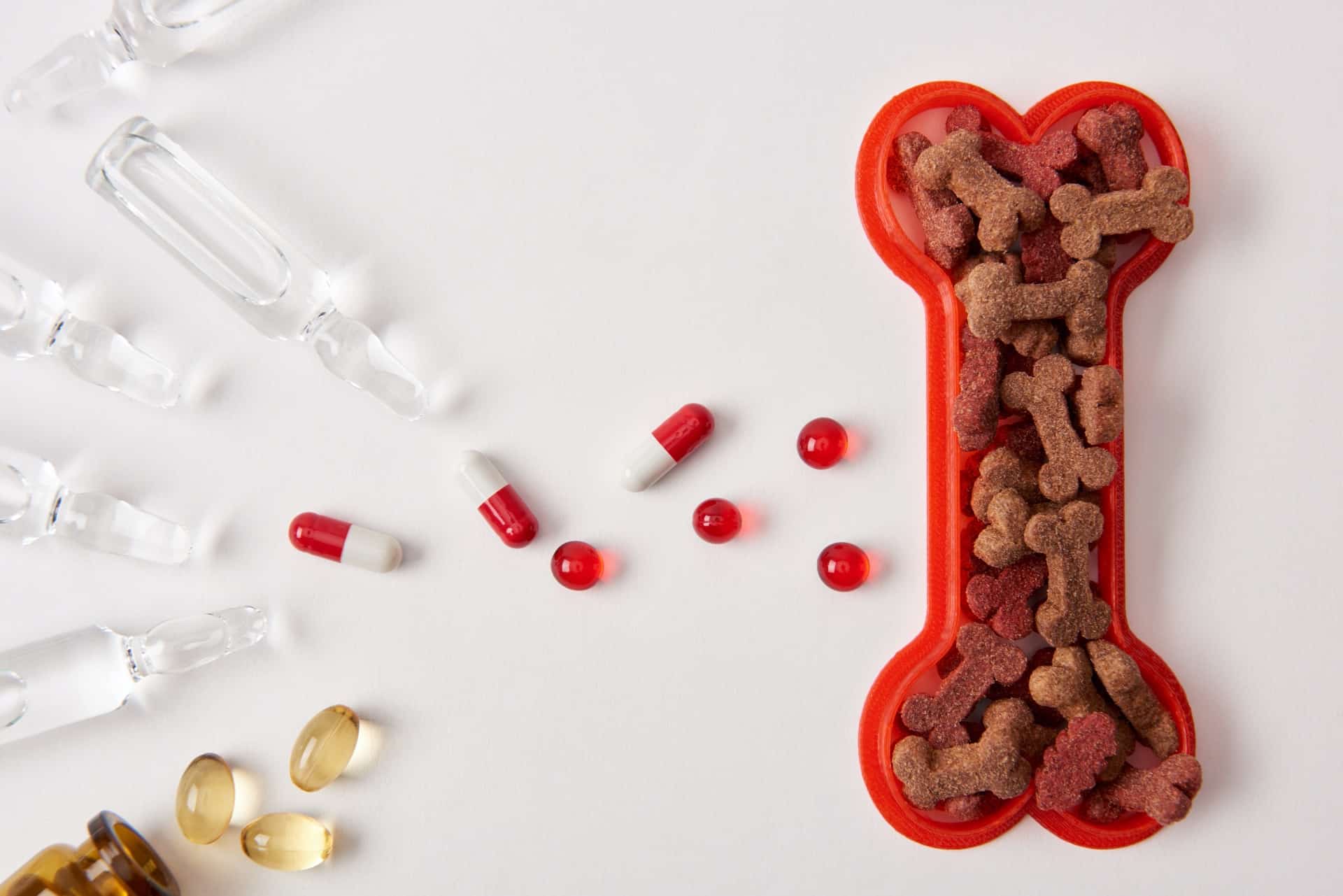
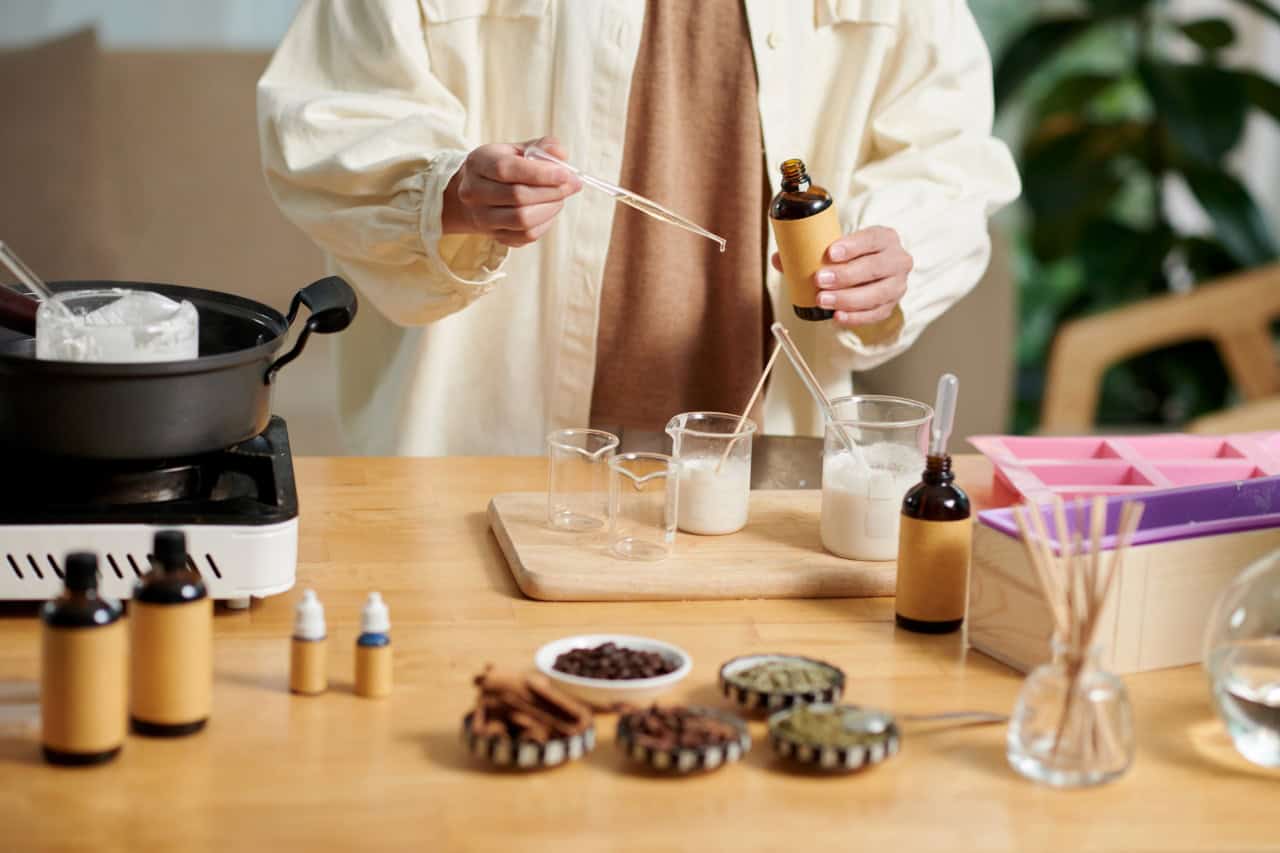
The Integrated Ecosystem of Herbal Extract Quality Control
From Cultivation to Consumption: The Quality Chain
When you purchase a nutraceutical product, you’re not just buying a single ingredient but rather the culmination of an extensive quality chain. Herbal extract purity represents just one critical link in this interconnected system. The journey from seed to supplement involves multiple stages, each with its own quality parameters that must align perfectly to deliver therapeutic benefits.
Vertical farming, like that employed in PhNóva’s botanical production, revolutionizes the first step in this quality chain. By controlling every environmental variable—from light wavelengths to nutrient delivery—vertical farming creates unprecedented consistency in phytochemical profiles. You might not realize that a plant grown in different soil conditions can produce dramatically different levels of bioactive compounds, sometimes varying by as much as 200-300% in active constituent concentration.
Consider how this impacts your health: standardized growing conditions mean your supplement contains the same potent ingredients batch after batch, year after year. This consistency translates directly to predictable therapeutic outcomes for your cardiovascular health, inflammatory response, and cellular protection needs.
Extraction Technologies and Their Impact on Bioavailability
The method of extraction fundamentally determines what compounds are present in your final product and in what form. Bioavailability enhancement has become a central focus in modern extraction technology, particularly in PhNóva’s approach to developing their Exosomes-Nutra product line.
Traditional extraction methods often yield products with limited absorption profiles:
- Water extraction captures water-soluble compounds but misses lipophilic actives
- Alcohol extraction may capture a broader spectrum but can denature delicate compounds
- Heat-based processes may increase yield but often destroy thermolabile components
PhNóva’s integration of plant-derived exosomes and nanodelivery systems represents a quantum leap forward. These natural nanocarriers fundamentally alter how botanical compounds interact with your body:
| Delivery System | Absorption Enhancement | Tissue Targeting | Stability Profile |
|---|---|---|---|
| Standard Extract | Baseline | Non-specific | Variable |
| Liposomal | 2-3x increase | Moderate | Improved |
| Exosomal | 5-10x increase | Highly specific | Superior |
When you take supplements utilizing these advanced delivery systems, bioactive compounds bypass many of the barriers that typically limit absorption. The result? Lower effective doses, reduced potential for side effects, and more consistent therapeutic outcomes for your patients.
Quality Control Integration with Sensory Experience
One often overlooked aspect of herbal extract quality is its relationship to sensory properties. PhNóva’s Aroma Neutra & Food division demonstrates how palatability factors are not merely marketing considerations but integral components of supplement efficacy.
You’ve likely encountered patients who abandoned potentially beneficial supplements due to unpleasant taste or persistent aftertaste. This non-compliance negates even the highest quality extracts. The bitter principles in many botanical extracts—often the very compounds responsible for therapeutic effects—present significant challenges to consumer acceptance.
PhNóva’s masking agents and sensory modulators work in concert with standardized extracts to ensure that quality and palatability co-exist. Their approach involves:
- Characterizing the specific sensory profile of each botanical extract
- Identifying complementary flavor compounds that neutralize negative sensory aspects
- Developing encapsulation systems that release compounds at specific points in the digestive tract
- Testing formulations with diverse consumer panels to ensure broad acceptance
This sensory optimization represents more than convenience—it directly impacts therapeutic outcomes by supporting consistent usage patterns. Even the most pure extract delivers zero benefit if it remains unopened in your medicine cabinet due to unpalatable characteristics.
Analytical Chemistry’s Role in Verifying Safety and Efficacy
Modern analytical techniques have transformed our ability to verify both the presence of desired compounds and the absence of harmful contaminants. PhNóva employs a multi-tiered testing approach that includes:
Mass spectrometry analysis capable of detecting compounds at parts-per-billion levels, ensuring freedom from pesticide residues, heavy metals, and microbial toxins. This technology can identify over 400 potential contaminants in a single analytical run.
DNA barcoding techniques that definitively establish botanical identity, protecting you from economically motivated adulteration where expensive herbs are diluted with cheaper look-alikes. When you purchase Superoxide Dismutase extracts from PhNóva, you can trust that advanced genomic verification has confirmed the exact botanical species used.
Bioassay-guided fractionation that maps specific health benefits to individual compounds or synergistic compound groups. This process identifies which constituents in complex botanical matrices are responsible for antioxidant, anti-inflammatory, or cardioprotective effects, allowing for precise standardization protocols tailored to desired health outcomes.
When these analytical approaches are integrated with sustainable production methods, the result is a comprehensive quality assurance system that delivers consistent therapeutic value. Your trust in nutraceutical efficacy depends on this invisible but essential infrastructure of quality verification.
R&D Consultancy
Discover how PhNóva’s R&D Consultancy can help transform your idea into a market-ready solution — with expert support in formulation, regulatory compliance, and innovative delivery systems to give your product a competitive edge.
FAQ's about Nickel-Free Extraction Processes: Ensuring Safe Herbal Remedies
Get in Touch with PhNóva
Have questions or need expert guidance? Contact us today — our team is ready to assist you with tailored solutions for your formulations.

25/03/2025



